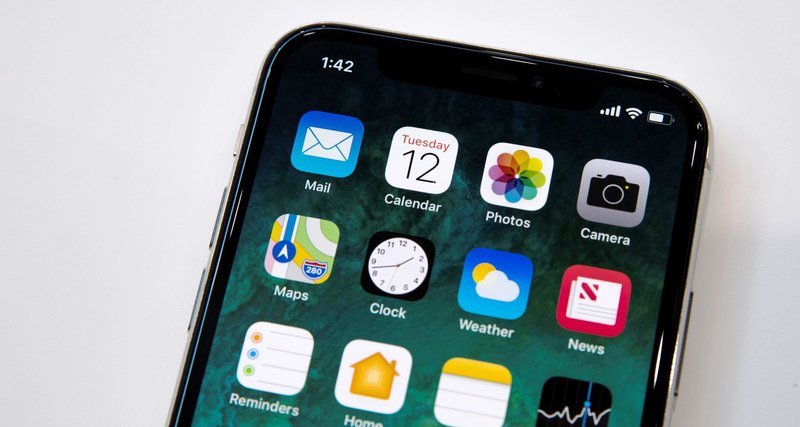
A few days ago, Geektimes
published information about the burnout of OLED displays of the smartphone model Pixel 2 XL from Google. As it turned out, the same problem is relevant (though not to that extent) for the newest Apple phone, the iPhone X, which costs more than $ 1,000. This became known thanks to a
special memo created by the corporation for its users.
After a few paragraphs of text praising the phone and its capabilities, a description of the operation of the OLED display follows. The description also says a lot of good things about this technology, in particular, the following is stated: "OLED provides the highest contrast ratio and amazing resolution." But then the technical problems are already affected.
The memo mentions that with a constantly active display of the phone, slight visible changes may appear. The user is told that this is “normal.” As for the changes, these are effects like “residual image or burning”. The company reports that this kind of effect occurs only in extreme cases, if the same “high-contrast image is constantly displayed on the display for long periods of time”.
How to avoid "burning"? According to Apple, it’s enough to first install the latest version of iOS on a smartphone, and second, use the Auto Brightness feature to automatically adjust the display brightness. Thirdly, you need to configure the phone to disable the display during idle phone. Fourth, you should not leave static images on the screen at maximum brightness for a long time.
The supplier of screens for the iPhone X is the company Samsung. It also provides displays for Pixel 2, a smartphone that is almost unaffected by the burnout problem. At the moment, technical difficulties associated with the loss of brightness of colors or full screen fading are observed with the older brother Pixel 2 - Pixel 2 XL. The display manufacturer for this model is LG.